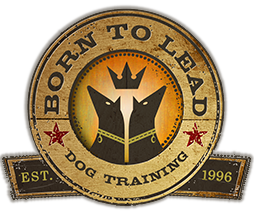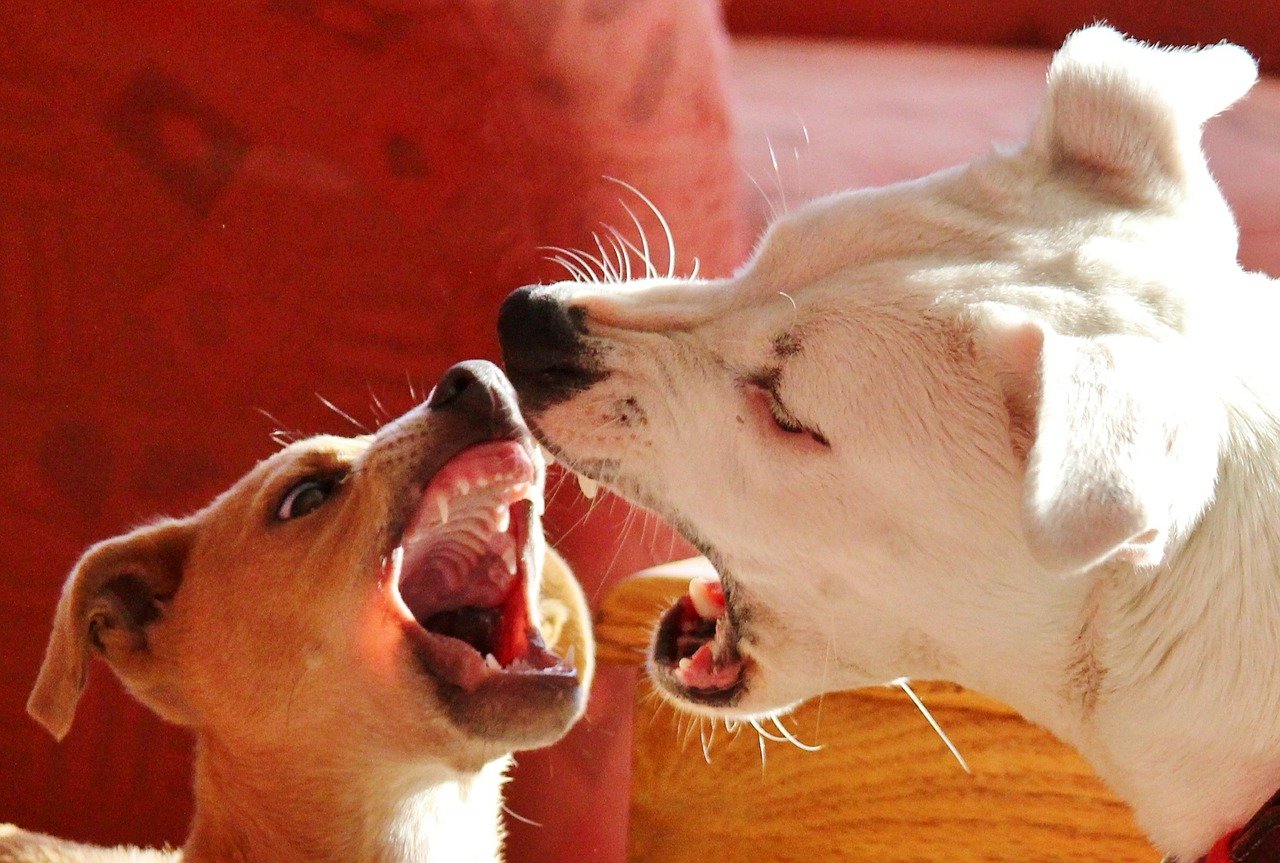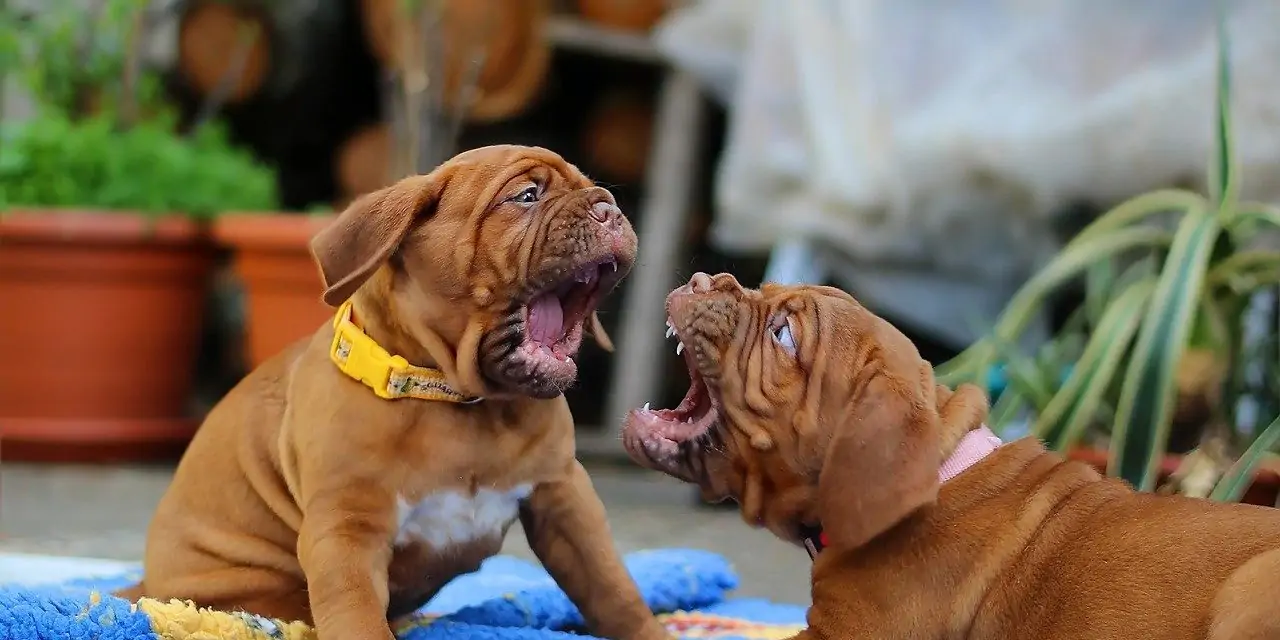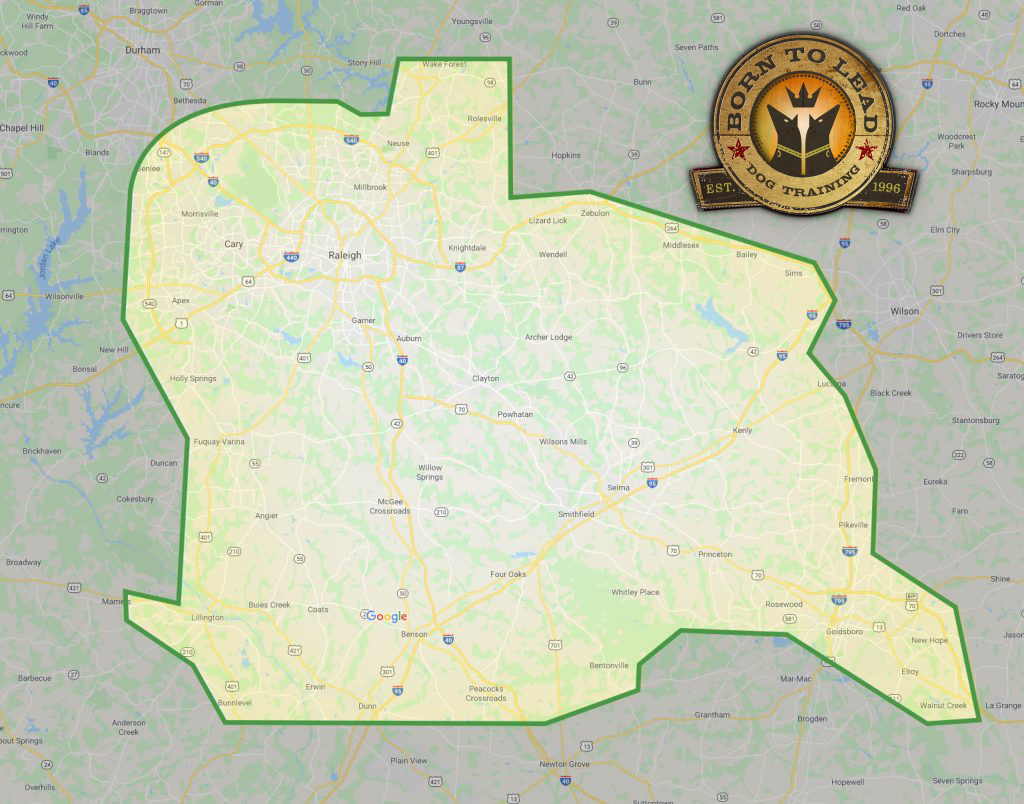What is dominance? Because dogs live in packs, they need a way to avoid fighting over limited resources such as food, bones, and mates. They establish a pecking order with the most dominant dog as the leader. If there is one bone and two dogs, the more dominant dog usually gets the bone. Each dog is born with a certain amount of dominance in his personality. Even in a litter of puppies, you can see which are the natural leaders and which are happy just to be part of the pack. When a naturally dominant dog lives in a human household, he can become very confused. He feels the need to behave like the pack leader, but the humans around him send very mixed signals. He may develop anxiety, aggression, or just be very disruptive and disobedient. Here are some signs that a dog is expressing dominance:
- Demands attention by nudging people for petting or bringing them toys.
- Purposely bumps into people or puts a paw on them.
- Shows aggression when people approach his food, toys or bones.
- Shows aggression when people wake, startle or try to move him.
- Shows aggression when touched over his head or around the neck.
- Deliberately slow in obeying commands.
- Hyperactive and unresponsive.
Establishing yourself as your dog’s leader is the key to easing his confusion and modifying his behavior. Let your dog know he has a full-time job. He must be obedient to you in order to earn anything he wants. Avoid situations that tend to bring out your dog’s aggression. Rather than confront him physically, control his environment so that he understands his subordinate role in your household.
Dominance Control Program:
Feeding time: Let your dog know that you control his food. Don’t leave a bowl of food available for him whenever he feels like eating. Instead, chose one or two times to feed him each day. Fill the bowl with his kibble and tell him to sit. If he sits, put down his food and say “OK” to allow him to eat. After 20 minutes, remove his food bowl until his next mealtime. If he doesn’t sit, don’t repeat the command. Say “too bad” and put his food away. He doesn’t get to eat until the next scheduled mealtime. If he misses a meal, don’t feel bad. He knows how to sit and is choosing to not obey your command. Eventually require him to sit and stay while you put down his food. Always require obedience when giving him treats.






